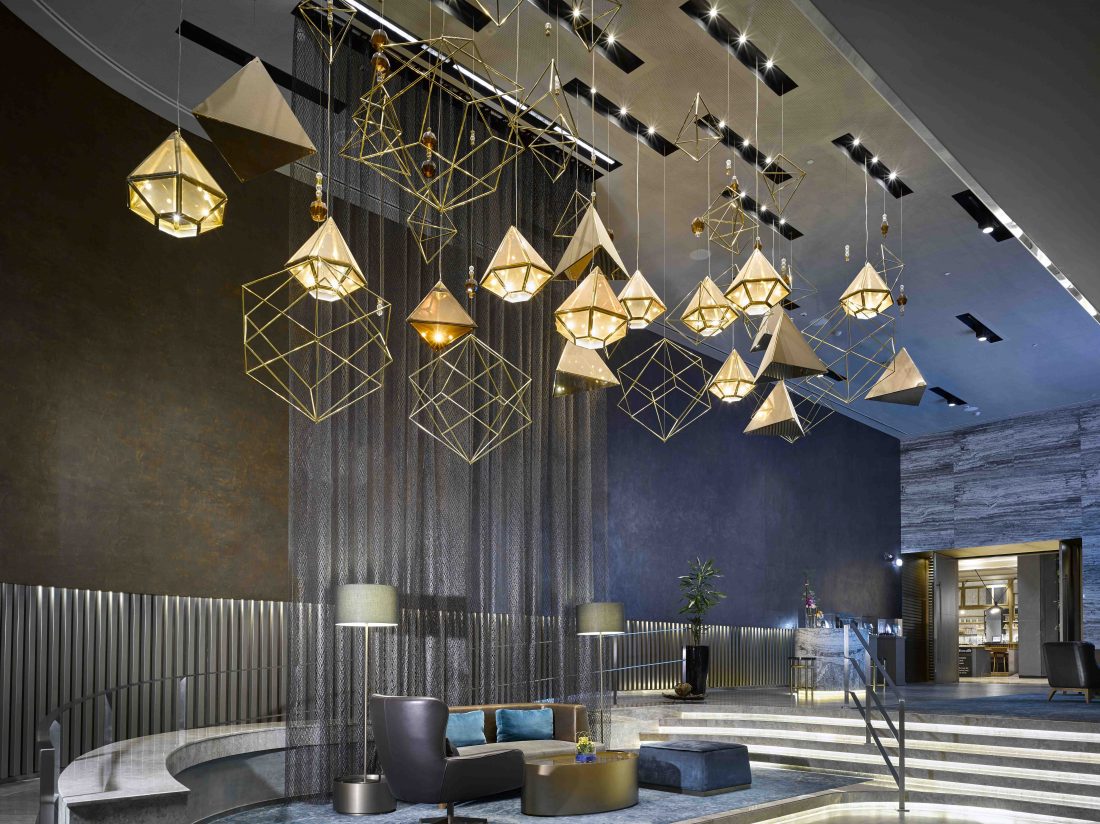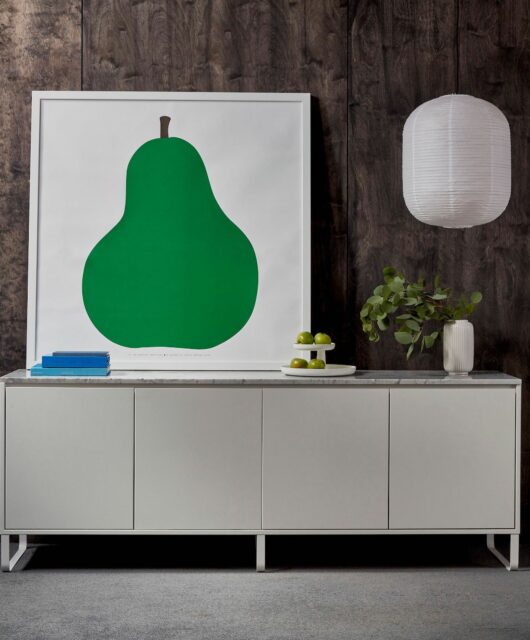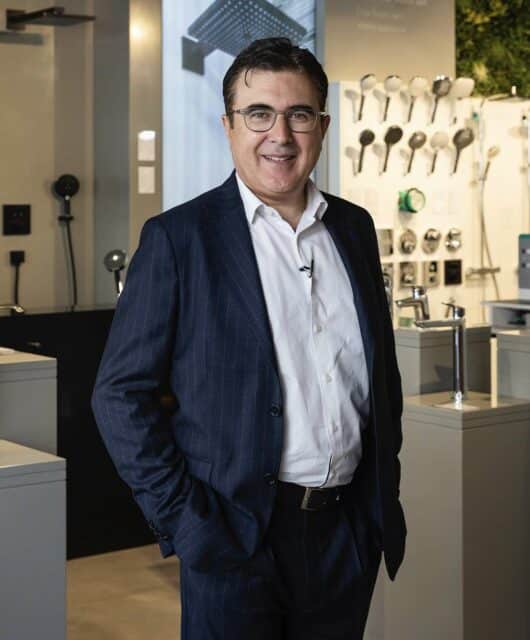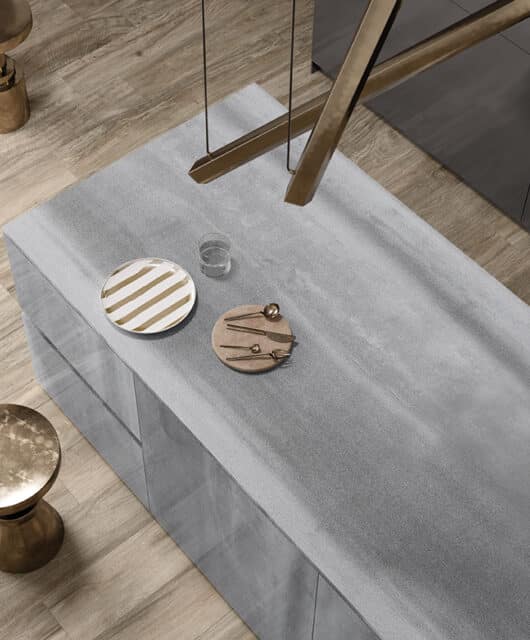Bright Ideas -Lighting Suppliers
Lighting is one of the most influential factors in how a finished design is perceived by the people who experience it. With tone, brightness and colour, it can change the mood of a place from laid-back to menacing, all at the flick of a switch. But despite its significance, lights all too often find themselves a long way down a project to-do list. Consultants and suppliers are working to change this, advocating a lighting design process that is as important to the success of a project as the structures themselves. Through early engagement with the architectural and design teams, lighting providers can offer more considered options that not only respond to the space’s intended uses, but to its users as well.
Technological advances mean that lighting has the potential to be as connected as other electronic devices, whether from one unit to the next or to a wider network. In the not too distant future, users will be able to personalise lighting environments more easily and, more crucially, there will be more opportunities to manage how lighting consumes energy. With the environmental impact of urban buildings increasingly at the top of the regional agenda, managing energy consumption is a vital part of containing operational expenses and meeting regional green building requirements, which are only set to become more strict. Making the right lighting decisions at an early stage of project can ensure that energy use to keep the spaces well it is optimised, hits sustainable consumption targets and keeps everyone feeling comfortable.
Luminaries from the world of lighting share their insights into the industry’s developments…
(2) iGuzzini
(3) Zumtobel Group
(4) Umaya Lighting








